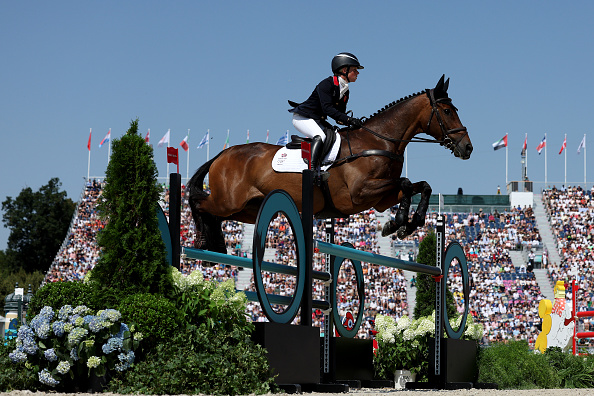Three years after the Tokyo Olympics were held amid strict precautions and with no fans because of the global COVID-19 pandemic, the virus has forced athletes to withdraw from events and has others donning masks once again at the Paris Games.
Several athletes have tested positive, including Australian swimmer Lani Pallister who was a medal hope in the women’s 1,500 metres freestyle but had to withdraw from the event. Pallister has been instructed to isolate in her room.
British swimmer Adam Peaty tested positive a day after he narrowly missed out on 100 metres breaststroke gold, sharing silver with American Nic Fink. Peaty, who said he woke up feeling unwell on the morning of Sunday’s race, is hoping to compete in relays later this week.
“The team spirit is really high,” Peaty’s British teammate Matt Richards said after his 100m freestyle heat on Tuesday morning. “I think we’ve done a good job on just trying to make sure we take all the precautions we can.
“Adam’s okay, he’s not dying. He’s alright, just a bit of a cold. We’ll avoid it as best we can. We’re here to race. If we get a little bit ill whilst we’re racing we’ll keep racing. It’s how we do it.”
Multiple Australian women’s water polo players tested positive for COVID-19 in the days leading up to the opening ceremony, forcing them to isolate from other team members.
The Tokyo Olympics were delayed a year due to COVID-19 while the 2022 Beijing Winter Olympics were held under strict precautions, making Paris the first post-pandemic Olympics. There are no strict protocols or restrictions around COVID-19 in Paris.
“We have a protocol (that) any athlete that has tested positive has to wear a mask and we remind everyone to follow best practices but in terms of monitoring COVID, cases are quite low in France,” said Anne Descamps, Paris 2024 chief communications director.
British swimmer Jacob Whittle said his team were getting more strict with the precautions.
“We’re hand sanitising and wearing masks everywhere we can,” Whittle said. “When we’re swimming and doing stuff like this (speaking to reporters) are the only times we’re not wearing a mask.
“It’s just being extra cautious when eating and going on buses and communal spaces, just being really conscious as to not catch it and also if you’ve got it not to give it to anyone else. Just being careful really.”
(Reuters)




















